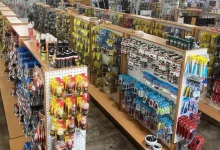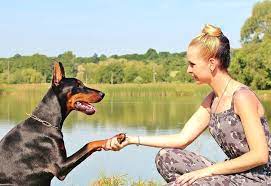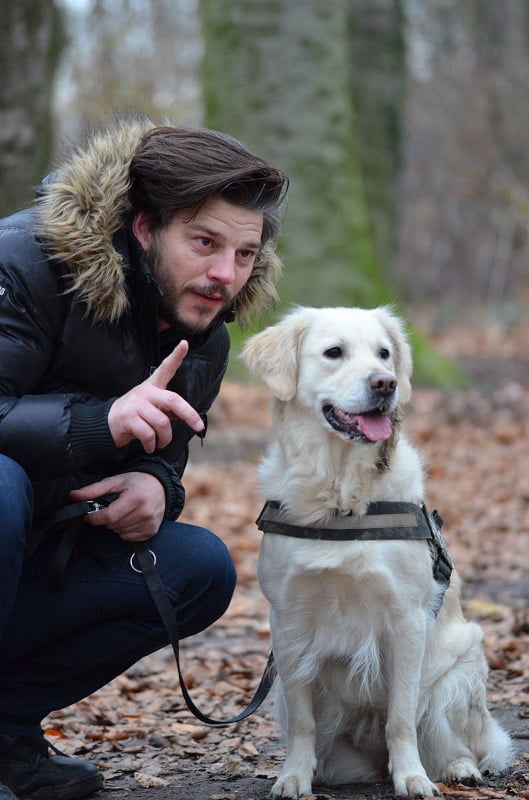Educating Your Dog To Use A Leash And Collar
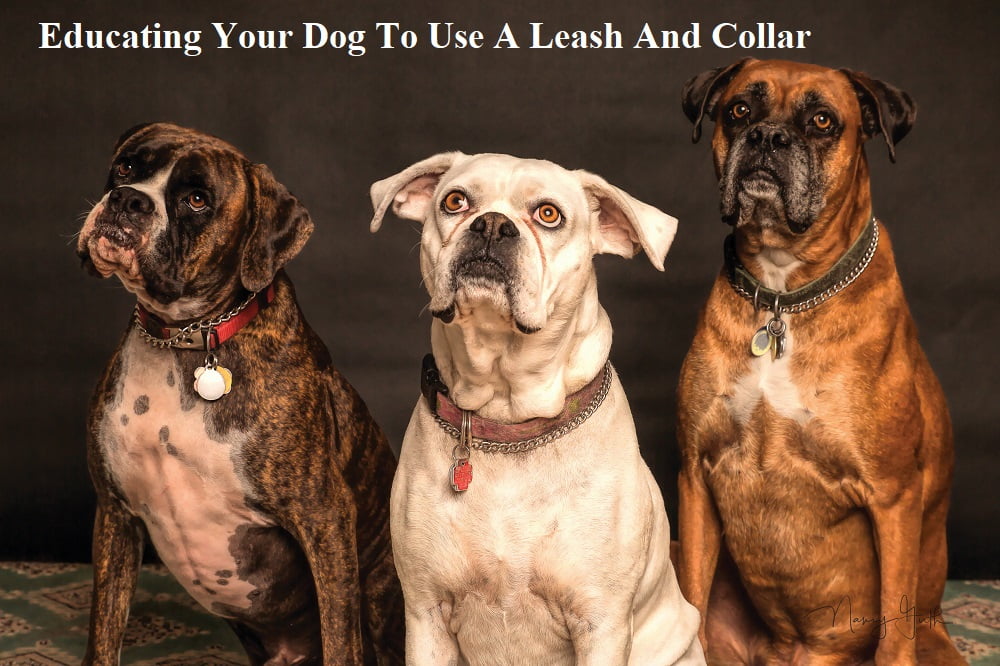
Educating Your Dog To Use A Leash And Collar
Educating Your Dog To Use A Leash And Collar leash/collar training. It is vital to function with the fitness instructor in order to obtain your objective of an anxious, pleasant and also trained canine.,
various degrees of pressure can be made use of, differing from light adjustments with the lead to stronger improvements.
— leash/collar training.’s type and also his personality. It is vital to function with the fitness instructor in order to achieve your objective of an anxious, pleasant as well as trained pet.,
various degrees of pressure can be made use of, differing from light alterations with the lead to stronger adjustments. This kind of handling is most properly finished by usage of the chain.
Different Dog Training Collars for Different Ways to Train Your Dog
Training collars are an effective way of developing your dog’s behaviour and obedience. There are three main types of dog training collar and each one should be used properly to get the results you want without harming your dog.
Slip Collars (Choke Chains)
Perhaps the most common dog training collar, a slip collar is designed to allow the trainer to quickly close and release the collar around a dog’s neck. Dogs learn to not repeat a behaviour when they feel the chain close.
A slip collar must be put on a dog properly, with the end coming from the lead around the back of the dog’s neck.
This allows the chain to quickly slacken when released. When training, quickly tug then add slack to the lead whenever you need to correct behaviour.
The consequences of not using a slip collar properly can be disastrous. Do not pull too hard on the lead, just enough for your dog to take notice. Also, you should not keep pulling on the lead for an extended period.
Prong Collar (Pinch Collar)
Similar to a slip collar in design, prong collars have prongs on the inside of the collar. When the lead is tugged, the prongs pinch the dog’s neck. Unlike a slip collar, a prong collar has a limit to how much it will close around a dog’s neck.
Many owners are concerned about prong collars because of the impression that the prongs stab into the dog’s neck. In fact, a prong collar, with a limited circumference and by evenly spreading pressure all around a dog’s neck, is at least as safe as a slip collar.
E-collar (electronic collar)
An e-collar looks similar to a regular dog collar, but it is equipped with an electrical system that can deliver a sensation to the dog. Using a remote control device, a trainer can deliver a small charge through the e-collar whenever behaviour needs to be corrected.
An e-collar is an ideal way to train your dog off-leash. Incorrect behaviour is addressed immediately, so your dog quickly and easily learns the correct action, without needing a lead on which to tug.
In all cases, it is important to only use dog training collars only when training and while you are paying close attention to your dog.
Leaving a training collar on when you are not working with your dog could lead to serious accidents. Each time you finish training, remove the training collar from your dog and replace it with the regular collar.
The dog training specialists at Alpha Paws can help you determine the best dog training collar for your needs.
Dog Training Collars — Proper Selection Leads To Training Success
The proper selection of a training collar can have a significant impact on the success of any dog training program. Most new dog trainers make the mistake of choosing a dog collar that does not allow for adequate control during the training sessions.
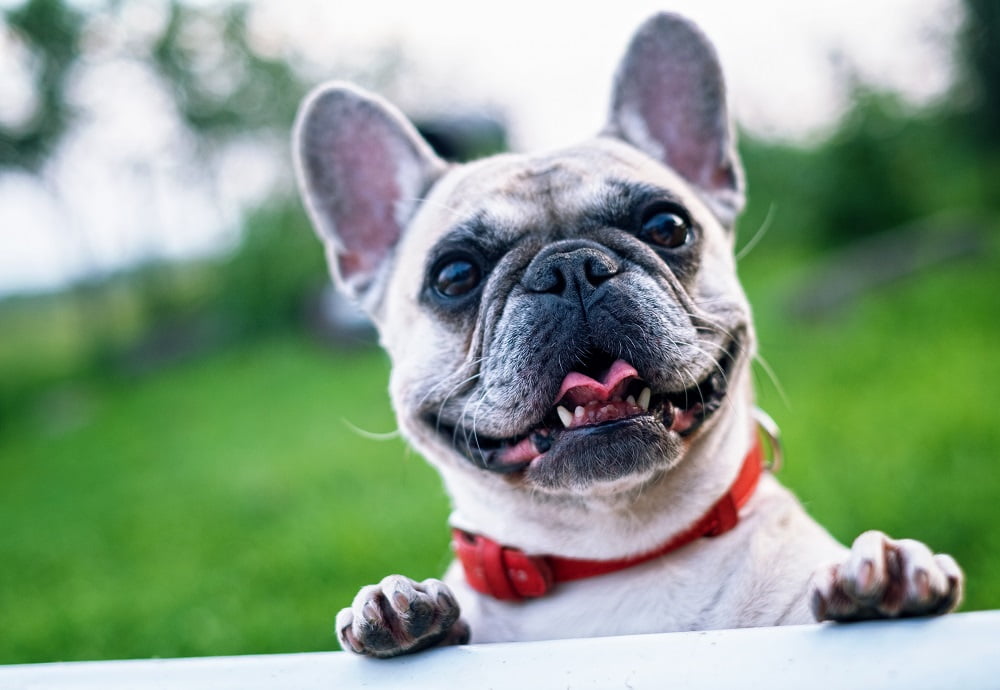
During my nearly four years of working with dogs, I have seen dog collars in numerous sizes and shapes. From head leaders to pronged choke collars, the choices available to dog owners are endless. However, in my training experience, I have not seen a dog training collar as effective as the classic choke collar.
The basic choke collar is an effective training tool that can be used on almost any size dog (for very small dogs, a nylon dog collar might be preferred). When used properly, the correction and response of the dog is almost immediate.
The key to using a choke collar effectively is to keep the dog collar loose when the dog is exhibiting proper behavior.
For example, if the dog is heeling without pulling ahead, the choke collar should remain loose.
If the dog begins to pull ahead, a quick “pop” or tightening of the collar will teach the dog that unwanted behavior has occurred.
As soon as the dog‘s behavior has corrected, the collar is once again loosened.
By using the tightening & loosening technique, the dog quickly learns to associate good behavior with a loose collar. If the collar were to remain constantly tightened, the dog would only learn to fight against the choking feeling.
Regardless of which collar type you choose, it is imperative that the dog collar fit properly and give you, the trainer, maximum control over the dog.
Tips For Buying A Dog Collar
Dog collars are very fashionable and a must for your dog outdoors. A dog collar could help your dog come back home if you have the identification ticket around the neck. It’s also a way for your dog to show to the world that he is stylish.
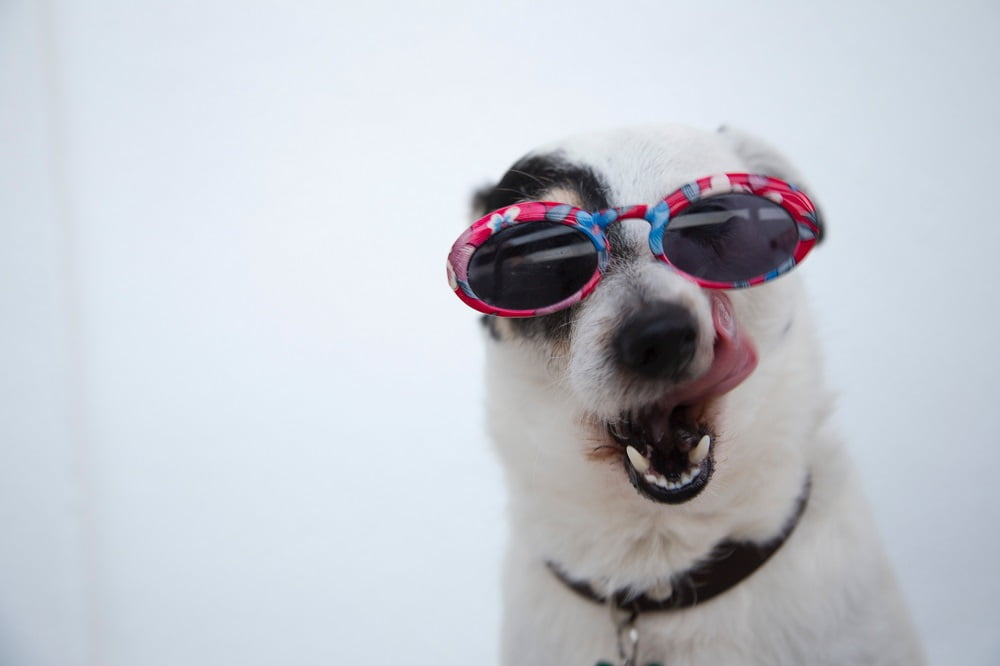
If you own a dog it is normal that you would have a dog collar but many people have at least half a dozen dog collars at home. It is trendy to have different types of dog collars. Dogs too like a change and love to wear different collars.
There are different types and designs of dog collars available in the markets. Most dog owners buy dog collars of different colors and while they take their dog out, they try to match their dress with the dogs collar.
Celebrities always try to out beat the normal people and always bring their dogs with some unique and fabulous-looking collars.
For ages dog collars have been used by dog owners to make the dog look more fashionable and fabulous.
Given below are a few tips that need to be kept in mind while buying a dog collar:
The first point to keep in mind while buying a dog collar is to make sure that the dog collar is comfortable and fits the dog’s neck. If the dog’s collar does not fit the dog’s neck it would lead to soreness.
At the same time if it is loose then the dog could slip out.
The dog collar and leash should not be heavy and irritate the dog’s neck and throat. While buying a dog collar you should read the specifications of the dogs collar such as weight, suitable for which age, etc.
If you are a proud owner of a big and ferocious dog then make sure the dogs collar is a little heavier so that when the dog starts running you can handle it easily with the leash in your hand.
The buckles of the dog collars should be strong and made of leather, which won’t fall apart.
You can buy a dog collar for anywhere from $10 to more than $100, but make sure the dog collar is comfortable for your dog.
Dog Training With A Training Collar Or Choke Collar
There are a variety of names that go under the broad heading of “training collar”. Some of them are — choke collar, choke chain, training collar, correction collar and slip collar.
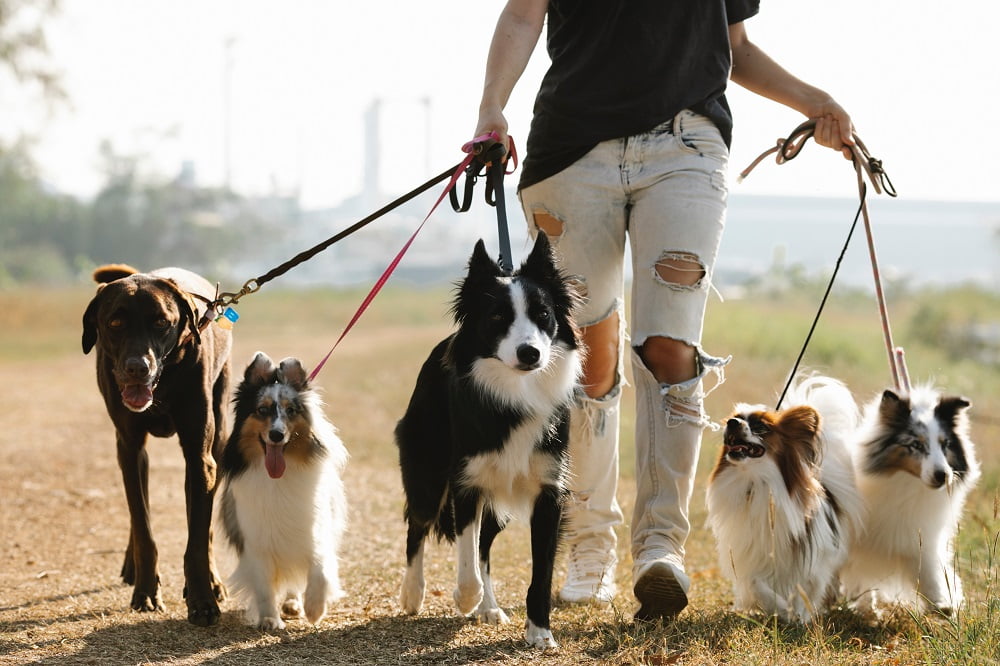
These are all training collars and are used by professionals and amateur trainers alike.
Training collars are effective tools if they are used properly. Here are a few thoughts to apply when using training collars:
Does it fit? A properly fitted collar makes the collar easier to use and a lot safer for the dog. Determining if the training collar is the right size is relatively easy.
The ideal size training collar should fit snugly, yet comfortably over the dog’s head.
It is important that the training collar not fit too tightly, but it should not be too loose either.
A training collar that is too tight will be too hard to put on and off. On the other hand, a training collar that is too loose can accidentally fall off of the dog’s head when it lowers its head. The collar should also not be too long.
It is best to measure the dog’s neck with a tape measure, then add 2 to 3 inches to that measurement.
So if your dog has a neck 12” in diameter, you would want to buy a training collar that is 14” in length. Chain slip collars are generally sized in two inch increments.
* Has it been put on correctly? Put it on right and it will be more effective and less dangerous.
* Is it being used correctly? Don’t use the collar as punishment. Rather, use it only as a sharp reminder to the dog about their behavior. Use short sharp jerks of the collar, not constant pressure. Using constant pressure could be dangerous to the dog.
* Is it the right weight for your dog? In addition to the weight, the size of the links should also be appropriate for your dog’s size and weight.
* Is the collar placed correctly? It is important to properly place the collar on the dog. When fitting a training collar, the part of the chain which is connected to the leash should be on the top of the dog’s neck.
With this type of arrangement, the collar releases the instant the leash is loosened. Training collars work by making the collar tight and loose in a fast manner.
Tightening the collar is the first part of the correction, and making it loose is the second part of the correction.
If the part of the training collar that is attached to the leash is not on the top of the dog’s neck, the collar can still be made tight, but it will not release back to a loose state easily.
This constant pressure on the dog’s neck initiates a counter response on the part of the animal, and the dog will quickly learn to pull and strain against the leash.
Make sure you purchase a collar that is both well made and strong. This is a vital step to the safety of yourself and your dog.
What do you do if the collar breaks? First, don’t panic! For the fist couple of minutes your dog won’t even know they have an unexpected freedom. If you continue to pretend that the collar is still attached, you can usually get control of the dog back.collrt dog
If your collar should break, you can usually make a quick replacement by making a “slip lead”. Just take the snap of the leash and run it through the handle and then slip the loop you formed over the dog’s head.
Not perfect, but sure solves the immediate problem.collrt dog
Dog Training With A Head Collar
The head collar has become an increasingly popular dog training tool in the past couple of years. Two of the most well known brands of head collar on the market are the Gentle Leader and the Halti, but there are many other brands that incorporate the basic head collar concept.
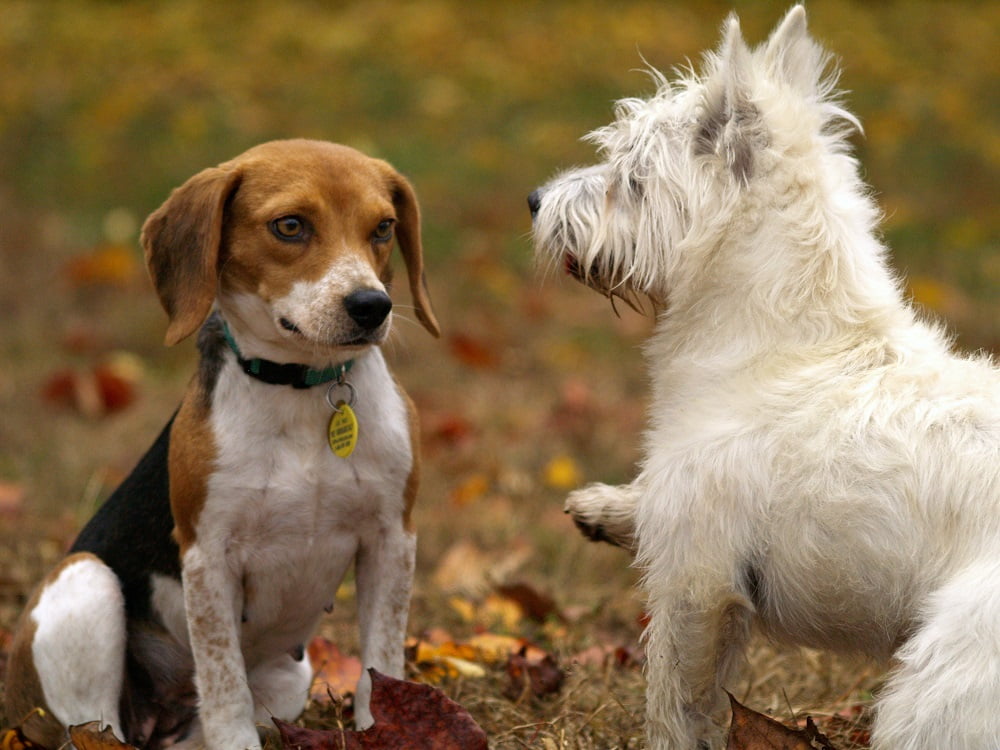
Many people find the Gentle Leader easier to fit that the Halti, and in addition the Gentle Leader is designed to fasten around the dog’s neck.
The advantage of this design is that even if the dog is somehow able to wriggle out of the muzzle, it is still wearing a collar.
This safety feature is very important, especially during training outside or in novel situations. On the other hand, the Halti offers better control of the dog, and for this reason it is often favored when working with very aggressive dogs.
Training a dog with a head collar has a number of advantages over training with a traditional or training collar. For one thing, head collars are often easier to use for beginning dog trainers than are training collars.
Head collars are also quite effective at preventing dogs from pulling, or controlling and retraining dogs that tend to pull.
Head collars can also be quite effective at controlling dogs in difficult situations, such as controlling a dog that wants to be with other dogs.
Most owners know of some situations in which their dogs are difficult to control, and head collars can be quite effective at controlling these volatile situations.
Head collars can be excellent for controlling dogs that are very strong, or for working with a dog in an area that contains a great many distractions.
For instance, head collars are great for when your dog is on an outing, or in an area where there will be other dogs and other distractions.
Even though a head collar can be a great tool, it should not be used as a replacement for effective dog training. A head collar is most effective when it is used in
combination with strong and sensible dog training methods, such as reward training and other forms of positive reinforcement.
Disadvantages of head collars
Even though head collars have many advantages, they have some distinct disadvantages as well. For one thing, head collars tend to
make many dogs dependent on the equipment, and they quickly learn the difference between their regular collar and the head collar, and adjust their behavior accordingly.
In addition, some dogs, particularly those not accustomed to wearing a head collar, dislike wearing it and paw at it, try to rub it off or pull excessively.
If your dog exhibits this behavior, the best strategy is to keep it moving until it learns to accept the collar. A good alternative is to have the dog sit by pulling up on the dog’s head.
Another disadvantage of the head collar is the reaction that many people have to it. Many people think that a head collar is a muzzle,
and react to the dog as if it may bite. While this is not necessarily a defect of the head collar, many people do find it troublesome.
In conclusion, training with a head collar is much like training with a training collar or any other equipment. While the head collar can be an important and useful tool,
it is important to use it appropriately, follow all package instructions, and to combine its use with solid training methods.
The eventual goal of dog training with a head collar should be to have the dog behave as well with a regular collar as it does with the specialized head collar.
Looking After Your Dog Part One – Personalized Dog Collars
It is imperative that you purchase a personalized dog collar with an engraved metal plate, bearing the dog name and your contact number.
This could save you a great deal of hassle if your dog were to go astray. If someone finds your wandering dog, he or she may contact you, thereby enabling an easy retrieval.
Most pet supplies stores don’t charge a great deal extra for a personalized dog collar. You simply need to choose a durable dog collar and then have your contact information engraved on a metal plate, with the plate being firmly fixed onto the collar.
No matter what style or material you choose for the collar, it is highly essential that you go in for a personalized dog collar.
Earlier, dog owners used to make do with engraved rabies tags, which listed the contact info of the dog’s veterinarian.
This practice could suffice if the wandering dog were found by a concerned citizen during the working hours of the vet. However, the vet’s office isn’t supposed to be open at all hours.
Therefore, a personalized dog collar with the dog owner’s contact info is far better than the archaic method of using rabies tags.
Though not realized often, another significant advantage of a personalized dog collar is that your dog won’t experience extreme insecurity in case he does end up far from home.collrt dog
This is primarily because it will be comforted by people who call out his name, engraved on the personalized dog collar.
Your dog won’t feel as if he has wandered into a completely unknown and hostile territory. This will pacify your dog until you bring it back home.
Some people are frequent movers and often change their dwelling place. During the chaotic and arduous task of moving away to a new home, pet owners typically forget to have a renewed collar, which bears the updated contact information.
Such slip-ups might result in your dog being lost. You must ensure that you regularly update the contact info by ordering a new personalized dog collar.
Tips on Choosing and Buying the Right Dog Training Collar
Because of the large variety of dog training collars, owners should be sufficiently informed to make the right choices.
Here are some things you should consider when looking for the right collar for your dog.
1. Type
1.1 Electronic Dog Collar – This type makes use of electronic signals to eliminate the undesirable behaviors of the dog. For example, it will deliver a shock every time the dog barks.
1.2 Buckle Collar – As the name suggests, this collar is fastened using a buckle. It is usually made of leather, nylon or cotton and could be rolled or flat. Like many collars, this is one adjustable. Round buckle collars have the main advantage of eliminating the possibility of hair breaking.
1.3 Choke Collar – This is the most commonly used metal ring collar for both traditional and modern dog training especially the jerk-and-praise method. In this method, the dog will be given a yank whenever he disobeys a command.
2. Size of the collar – If the collar is too small the dog may be choked, if it is too large the dog may easily slip off it. The size of the collar should be enough such that it could provide both the comfort and the security.
To get the right size, it is best to measure the dog‘s neck first and give some 2 to 3 inches allowance for adjustment. To check if it fits there should be two to three inches gap between the dog‘s neck and the collar.
3. Dog‘s breed – There are a lot of generic collars for all breeds of dogs. But for fashion purposes only, there are some highly specialized and fashionable dog collars that are made especially to amplify the looks of a specific breed.
For example, bulldogs look good on spiked collars while toy dogs look fashionable with lace and stone studded collars. But if the collar is for functionality alone, the uses and the strength of the collar should be prioritized.
4. Fur
4.1 Color of the fur – For some people, wearing a collar must be a bit of being trendy. If you want the best of both worlds
– collar for training and for fashion, you should learn to match the color of the fur with the color and the material of the collar. Just like in matching your attire, the color should mix well that it is pleasing to the eyes as much as it looks good to the dog.
4.2 Type of fur – Your choice of collar should also depend on the type of your dog‘s fur. It is recommended to get a flat collar for dogs with short fur to reduce marking and round collar for dogs with long fur as this would prevent the fur to flat out and break.
4. Budget – As a general rule, it is always best to look at the item first before checking its price as this practice normally gives someone better judgment on what looks good for the dog. However, you don’t have to spend a fortune to give your dog a good collar.
For training collars, functions come first before anything else and sometimes you have to invest some good money for function alone. If you are on a tight budget, it is best for you to search around first before landing on your choice.
Tossing a few dollars more could mark the difference between sacrificing the quality of the item and saving some pennies.
collar dog can’t get out of,fi dog collar series 2,how to choose right collar for your dog,how to properly use an electronic dog collar,how to fit a dog collar correctly,
how to fit a dog collar on a puppy,how to properly fit a dog collar,leather dog collar and leash tutorial,collar my dog can’t get out of,dog collar beeps but does not shock
